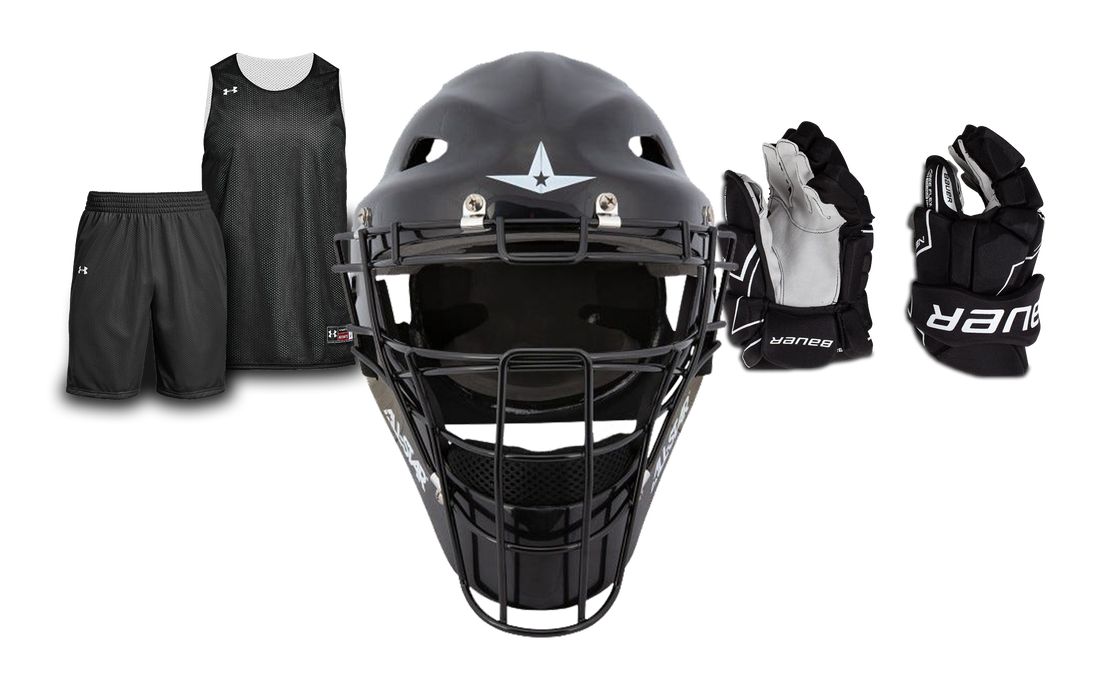Stadium Track Resurfacing For Championship Season

Table of Contents
Assessing Your Current Track Condition
Before embarking on a track resurfacing project, a thorough assessment of your existing track is paramount. This inspection will identify areas needing repair and inform material selection. Neglecting this critical step could lead to costly mistakes and ultimately, subpar results. A comprehensive track assessment involves:
- Visual Inspection: Carefully examine the entire track surface for cracks, potholes, delamination (separation of layers), and discoloration. Note the extent and severity of any damage. Pay close attention to areas of high impact, such as the starting blocks and turns.
- Surface Evenness Measurement: Use specialized equipment to measure the evenness of the running surface. Ensure it complies with the regulations set by governing bodies like the IAAF (International Association of Athletics Federations). Uneven surfaces can cause injuries and affect performance.
- Drainage Evaluation: Assess the track's drainage system. Poor drainage can lead to water retention, creating soft spots and increasing the risk of slips and falls. Test for proper water runoff and identify any areas with pooling.
- Marking Visibility: Check the clarity and visibility of lane markings. Faded or damaged markings can be confusing for athletes and officials. Ensure markings meet regulatory standards for color, width, and placement. A safety inspection is key to addressing any potential hazards before resurfacing.
Choosing the Right Resurfacing Material
Selecting the appropriate track surfacing materials is crucial for ensuring a durable, safe, and high-performing athletic track. Several options exist, each with its own advantages and disadvantages. The best choice will depend on factors like budget, the type of events held, and climate conditions. Consider these options:
- Polyurethane: Known for its exceptional durability, longevity, and vibrant color retention. Polyurethane surfaces offer excellent shock absorption, reducing the risk of injuries. It’s often favored for high-profile events.
- Rubberized Surfaces: A more cost-effective option compared to polyurethane, rubberized surfaces still provide good shock absorption and are relatively easy to maintain. They are a suitable choice for facilities with tighter budgets.
- Porous Surfaces: Ideal for areas with high rainfall, porous surfaces allow for superior drainage, significantly reducing the risk of waterlogging and related issues. This enhances safety and track longevity.
- IAAF Compliance: Always ensure the chosen material complies with the relevant regulations of governing athletic bodies like the IAAF. This ensures your sports facility meets the standards for official competitions.
The Resurfacing Process: A Step-by-Step Guide
The track resurfacing process requires meticulous attention to detail and is best left to experienced professionals. A well-executed process ensures a long-lasting and high-quality running track. The typical steps include:
- Surface Preparation: The existing surface must be thoroughly cleaned, repaired, and primed to ensure proper adhesion of the new material. This often involves removing debris, filling cracks, and applying a specialized bonding agent.
- Base Coat Application: A base coat is applied to create a level and stable foundation for the resurfacing material. This ensures a smooth, even finish.
- Resurfacing Material Installation: The chosen resurfacing material is applied in layers, ensuring each layer is properly cured before the next is added. This process is crucial for achieving the desired thickness and performance characteristics.
- Lane Marking and Logos: After the resurfacing material is fully cured, lane markings, logos, and other necessary markings are applied using specialized paints designed for outdoor use and high traffic.
- Final Inspection and Curing: A final inspection is done to ensure the track meets specifications. Adequate curing time is allowed to ensure the surface reaches its optimal strength and durability.
Budgeting for Stadium Track Resurfacing
The track resurfacing costs can vary widely depending on several factors. Accurate project planning and budgeting are essential. Consider these aspects:
- Material Costs: The cost will depend on the area of the track and the type of material selected. Get multiple quotes to compare pricing and ensure you’re getting the best value. The cost-per-square-foot will vary based on the material.
- Labor Costs: Experienced professionals are necessary for proper installation. Labor costs should be factored into the overall budget.
- Additional Costs: Factor in potential additional costs, such as permits, inspections, and any necessary site preparation.
- Long-Term ROI: While the initial investment in stadium track resurfacing may seem substantial, it represents a long-term investment. A well-maintained track reduces the need for frequent repairs, minimizing long-term expenses. Investing in quality materials and professional installation offers the best return on investment.
Finding Reputable Contractors
Selecting a reputable contractor is critical for a successful project. Look for contractors with:
- Proven experience in track resurfacing projects of similar scale.
- References from previous clients.
- Proper licenses and insurance.
- A detailed understanding of IAAF or other relevant regulations.
Conclusion
Successfully undertaking stadium track resurfacing requires careful planning, attention to detail, and a commitment to quality. By following these steps – assessing your existing track, choosing the right materials, employing professional installation, and carefully budgeting – you can ensure your athletes compete on a world-class surface. A well-maintained track is not just a matter of aesthetics; it's about ensuring athlete safety and maximizing their performance. Investing in stadium track resurfacing is investing in the success of your championship season.
Ensure your stadium is championship-ready! Contact a reputable track resurfacing company today for a free consultation and quote. Don't let a worn-out track compromise your athletes' performance. Invest in stadium track resurfacing for a winning season!

Featured Posts
-
 Zhang Weili And Valentina Shevchenko Potential Superfight Details
May 11, 2025
Zhang Weili And Valentina Shevchenko Potential Superfight Details
May 11, 2025 -
 Phil Collins Reveals Difficult Health Battle
May 11, 2025
Phil Collins Reveals Difficult Health Battle
May 11, 2025 -
 Coastal Erosion And Flooding The Impact Of Rising Sea Levels
May 11, 2025
Coastal Erosion And Flooding The Impact Of Rising Sea Levels
May 11, 2025 -
 After A Decade John Wicks Overlooked Character May Return
May 11, 2025
After A Decade John Wicks Overlooked Character May Return
May 11, 2025 -
 Astros Foundation College Classic A Showcase Of Collegiate Baseball Talent In Houston
May 11, 2025
Astros Foundation College Classic A Showcase Of Collegiate Baseball Talent In Houston
May 11, 2025
